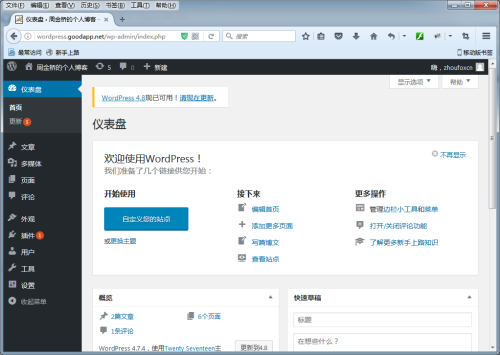

- #How to install glibc centos manual
- #How to install glibc centos software
- #How to install glibc centos code

With the breakpoints set, we start the execution: (gdb) runĮxecution stops at the first breakpoint, and we can print the values of the hidden variables: (gdb) print i We check our notes, and set a breakpoint at line #7: (gdb) break 7īreakpoint 1 at 0x40059c: file vars.c, line 7.īreakpoint 2 at 0x4005b1: file vars.c, line 10. The vars program isn’t started at this point. Gdb reads the symbols in the program, and gives us the prompt to act. Type "apropos word" to search for commands related to "word".
#How to install glibc centos manual
Type "show configuration" for configuration details.įor bug reporting instructions, please see:įind the GDB manual and other documentation resources online at: This GDB was configured as "x86_64-redhat-linux-gnu". Type "show copying" and "show warranty" for details. There is NO WARRANTY, to the extent permitted by law. This is free software: you are free to change and redistribute it. License GPLv3+: GNU GPL version 3 or later
#How to install glibc centos software
GNU gdb (GDB) Red Hat Enterprise Linux 8.2-3.el8Ĭopyright (C) 2018 Free Software Foundation, Inc. We start it with the compiled vars executable as an argument: It would be ideal if we could stop the execution at those lines, get the values, then let the program loose again, etc. Consider lines #7 and #10 (the printf lines) in the source. We need to know the values of i and j when they where first set, and before the program exited.If we run our vars program, it will output the strings in the printf lines, but will not mention i and j, as expected. For the debugging to be useful, we need to compile our program with debug symbols (we add the -g option): We got the debugger tool, and we got the source code.We’ll also need debuginfo for glibc for our tests: # dnf debuginfo-install 86_64

#How to install glibc centos code
You may notice from the code that the values variables i and j take will never be exposed under normal run of the program, so we will not know what their values where, and when. We’ll use this simple program to test gdb. For now consider the following source code, that we will put into the vars.c text file: #include If you are not familiar with the C programming language, you can check out C development on Linux Introduction to get you started. It is built only to show some features of gdb, and has no real world usage. For this tutorial, we’ll use a simple C application that sets some variables, print some text, and change the values of it’s variables later.


 0 kommentar(er)
0 kommentar(er)
